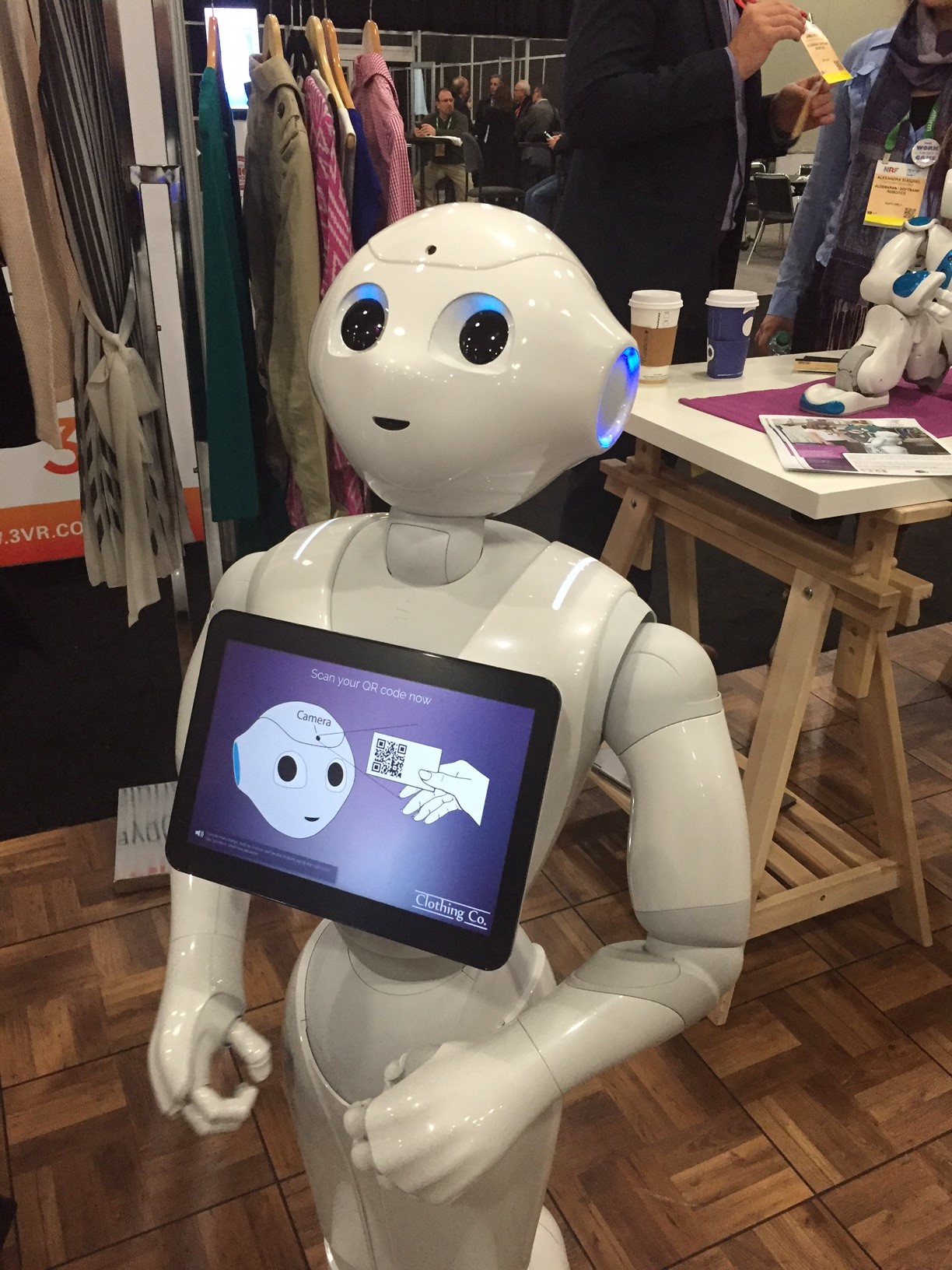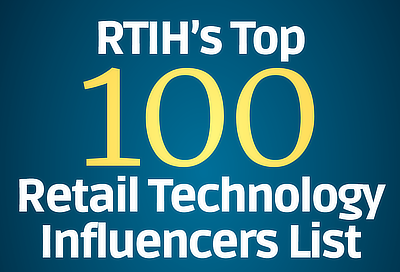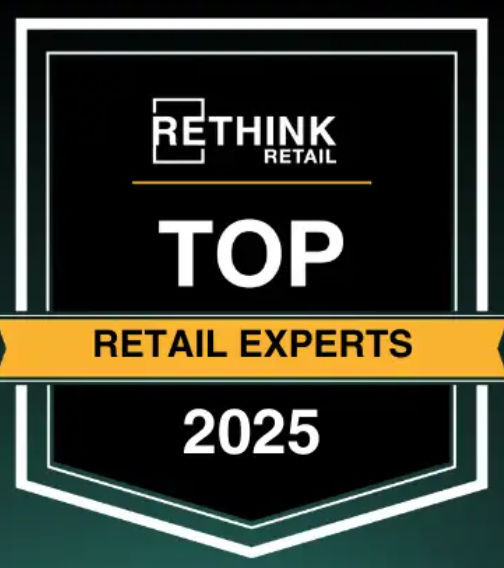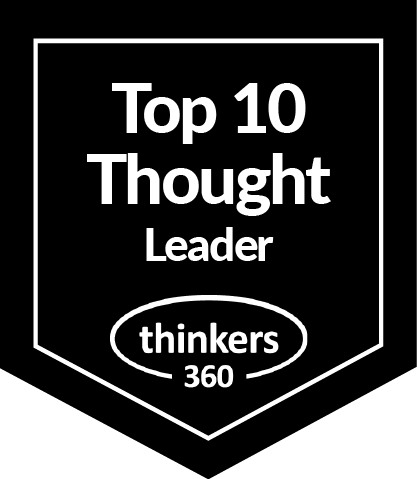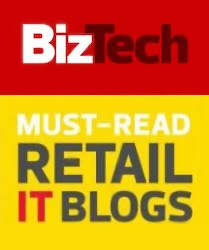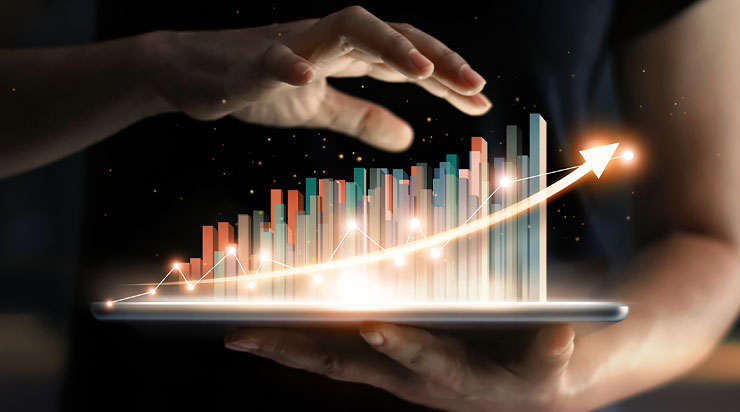Blog
"Customers attach value to a product in proportion to its perceived ability to help solve their problems or meet their needs. All else is derivative...There is no such thing as a commodity. All goods and services are differentiable. Though the usual presumption is that this is more true of consumer goods than of industrial goods and services, the opposite is the actual case." - Theodore Levitt, Harvard Business School
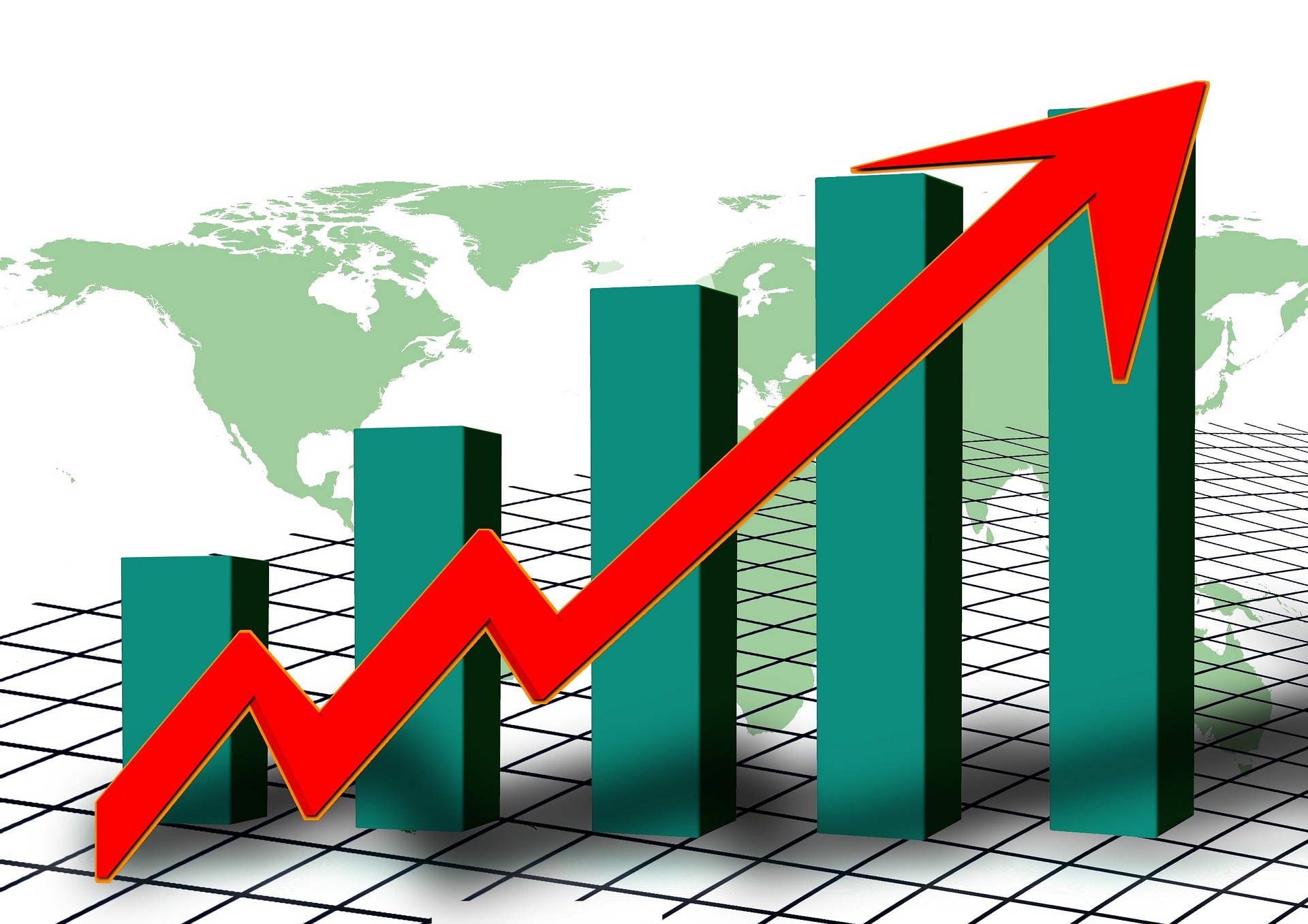
The future of retail requires:
Immersive interactive customer experiences across all channels, both virtual and in the store. Store associates as passionate brand ambassadors that engage a mobile educated shopping consumer.Back to retail basics, this means that store employees need to spend the majority of their time on the actual sales floor interacting with consumers. All tasks that detract from the actual retail selling process need to be either totally eliminated or highly minimized.
Recently, I had the pleasure of introducing a new Tyco evolutionary technology solution branded "Source Tagging as a Service" (STaaS). On multiple levels, this new innovative service delivers a secure and profitable future of retail.
What is Source Tagging?
- Details
Are Department Stores the Dinosaurs of the Digital Age?
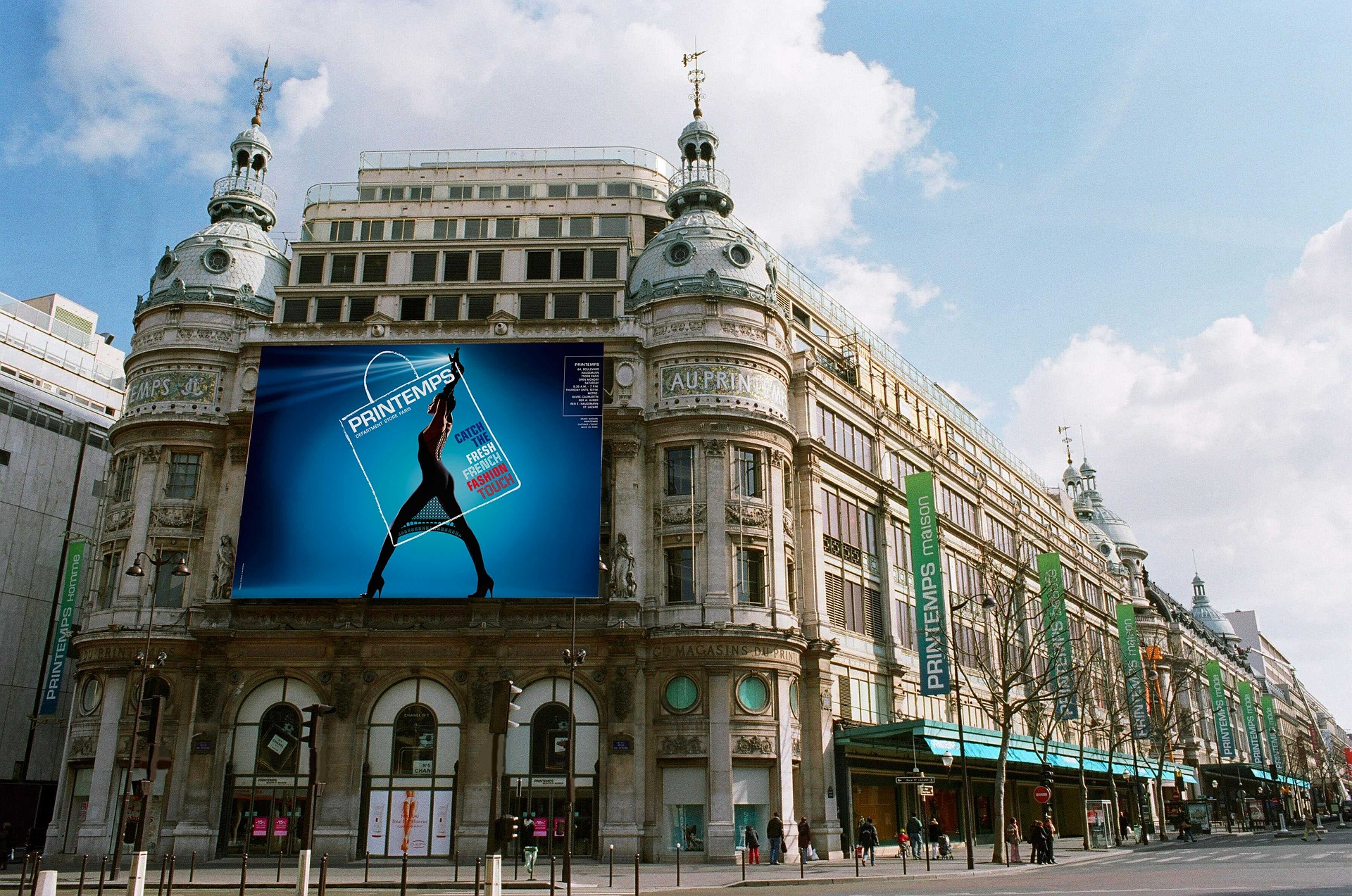 In March, I had the pleasure of speaking at an Intercontinental Group of Department Stores (IGDS) industry conference in Amsterdam. My topics included a retail industry update, the future destiny of the department store, and the sector's RFID adoption trends.
In March, I had the pleasure of speaking at an Intercontinental Group of Department Stores (IGDS) industry conference in Amsterdam. My topics included a retail industry update, the future destiny of the department store, and the sector's RFID adoption trends.
A November 2015 article proclaimed "The long, painful death of the American department store."
Are department stores stuck in the middle trying to serve all consumer segments? Are the stores too big and missing the industry trend of stores getting smaller? Is retail sales growth possible for department stores? How can department stores evolve and thrive in the future of retail?- Details
Key Insights from the 2016 Global Powers of Retailing

Every January, Deloitte publishes an updated view of the Top 250 largest global retailers. Following is a synopsis of my favorite content from the 2016 19th edition.
Navigating the New Digital Divide
- Details
In New York this past month, NRF invited you to a special area on the trade show floor to "see, touch and experience some of the most interesting and  innovative products finding their way into the marketplace and some that are still on the drawing board. The (NRF) iLab features the products that inspire customers to buy and the brands to innovate."
innovative products finding their way into the marketplace and some that are still on the drawing board. The (NRF) iLab features the products that inspire customers to buy and the brands to innovate."
Following is a partial list of some of the innovative products on display.
Hello Barbie Doll "Play" Innovation
Using Wi-Fi and speech recognition technology, Hello Barbie can interact uniquely with each child by telling stories, playing games, and even laughing at jokes. With more than 8,000 phrases, Hello Barbie enables enhanced play experiences never before possible with a fashion doll.
Rebecca Minkoff Notification Bracelet Fashion & Design Innovation
- Details
The 105th USA National Retail Federation (NRF) and EXPO delivered more than 33,500 attendees, hundreds of educational sessions, miles of exhibits, and some technologies that boggled the mind. I would describe the event as a cornucopia of digital innovation.
The NINE retail disruption takeaways from NRF 2016 include:
The Robots Are Here
In a recent post, we introduced OSHbot deployed at Lowe's and Tally from a San Francisco startup. At NRF 2016, I had the pleasure of meeting Pepper, a friendly and smart retail focused robot assistant (photo).
- Details
2016 Retail Innovation Predictions
In Part 1, we discussed the following 2016 retail technology headlines:

In Part 2, we will focus on branding the future of retail, venture into the internet of things, and do some micro shopping of the target consumer. Can you believe that in 2016, we will still go to stores to shop? Finally, in the spirit of the new Disney Star Wars movie blockbuster, we will discuss whether the "force" is still with the retail industry.
- Details
2016 Retail Innovation Predictions
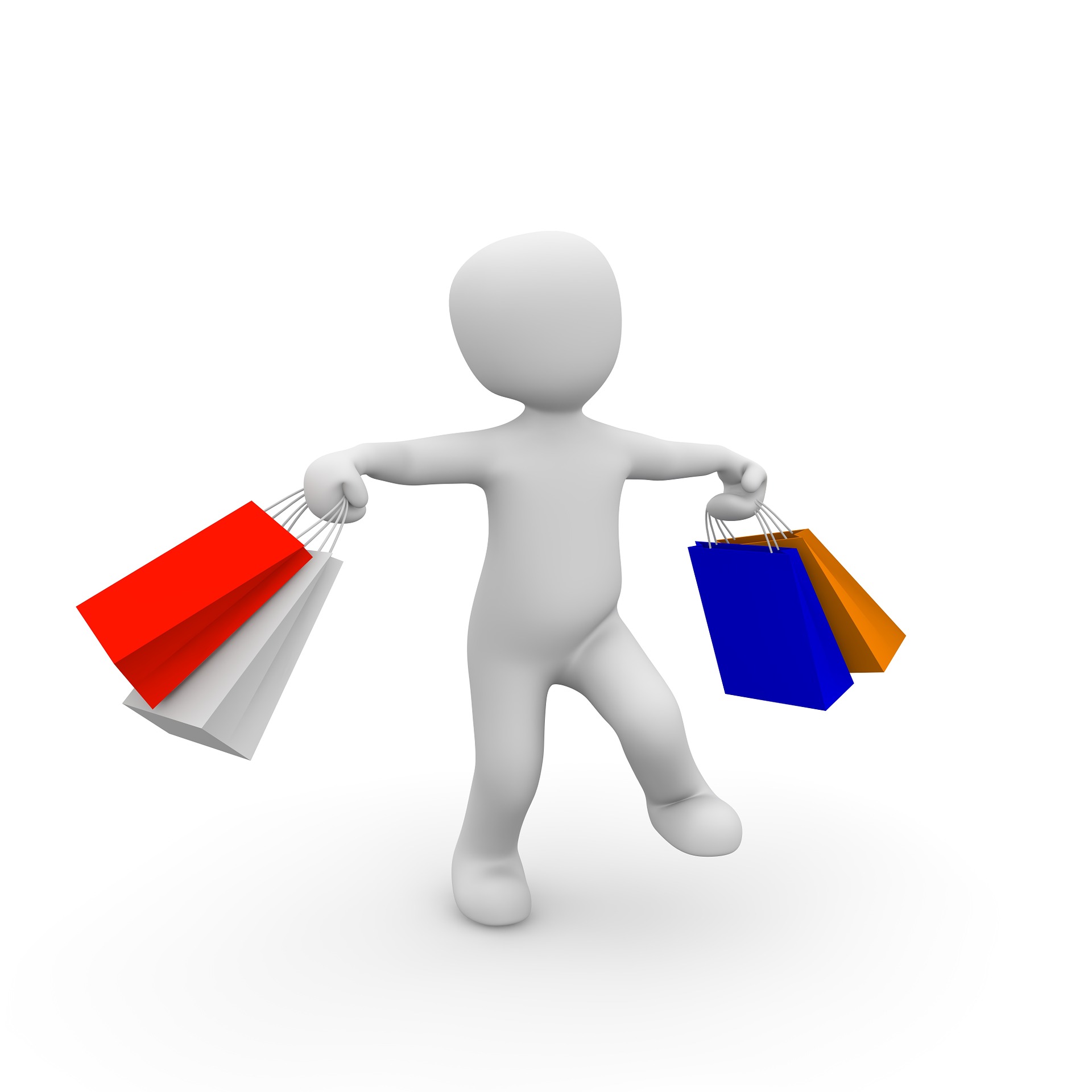
It's that time of year when once again we reflect on the retail industry's progress as it transitions forward to new horizons. Disruptive change continues with online sales being an even bigger influence on the just completed holiday season. New technologies continue to transform the vibrant retail industry.
The retail robots are coming and if you look close there goes another drone. Is it time to omnichannel or die? Why don't you just analyze this? Is the 'smart store' finally here?
In part 1, we envision five of the top ten retail technology headlines that will be popular in 2016.
- Details
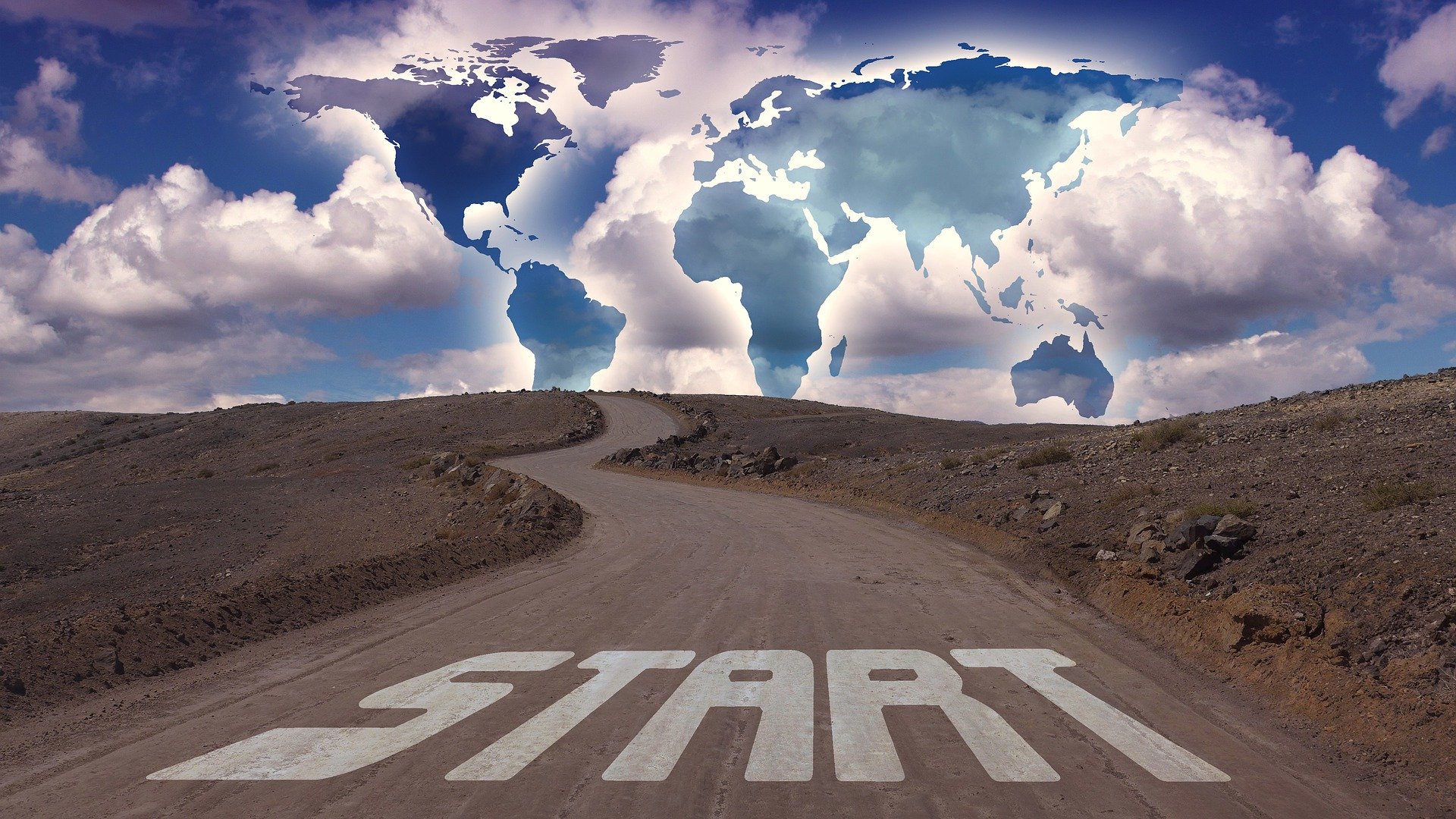
The USA holiday of Thanksgiving carries a special meaning in our family as many years ago it marked the exact day we started our immigrant journey to the United States. From a small town south of Rome, to Zurich, and then on to Cleveland, my youth was brimming with dramatic cultural changes.
Our USA trip was arduous from the start as my family was literally lost in New York. On arrival by cruise ship, traveling with an uncle who we thought spoke English; we were taken to the wrong train station. For the planned train journey to Cleveland, instead of Grand Central, we were dropped off at the nearest New York subway station.
- Details
Top 12 Insights from the 2015 Global Theft Barometer
The just published Global Retail Theft Barometer (GRTB) is an annual study of the losses from merchandise shrinkage in the global retail industry. The research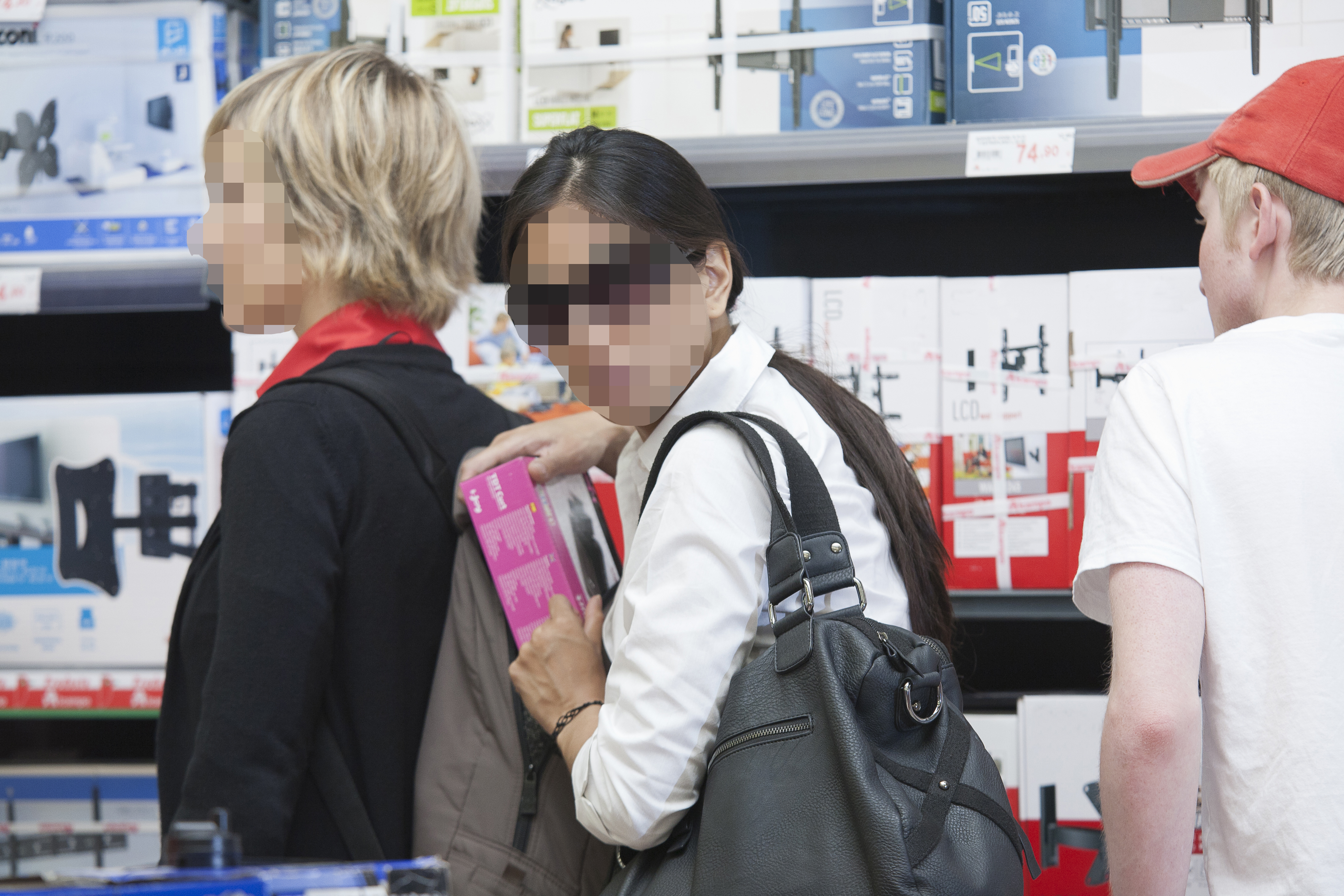 for the 2015 edition was conducted by the Smart Cube and Ernie Deyle and it was commissioned by Checkpoint Systems. 203 retailers in four regions, covering 24 countries contributed data for the latest report.
for the 2015 edition was conducted by the Smart Cube and Ernie Deyle and it was commissioned by Checkpoint Systems. 203 retailers in four regions, covering 24 countries contributed data for the latest report.
1. Global Retail Shrink
Retail shrink in the countries surveyed was estimated at $123.4 billion or on average 1.23% of retail sales. "Shrinkage has been observed to increase in most of the reviewed countries and by 0.48 pps globally. In the 16 countries where like-for-like analysis was possible, shrinkage increased in 10 and decreased in 6."
2. Global Regional Retail Shrinkage
- Details
The Smartphone, Bar Code, Cash Register, and Hype Cycle

At a recent growth and innovation summit had the pleasure of once again speaking about the future of retail. To engage the audience in an innovation conversation decided to ask a series of historical technology questions.
Out of the sixteen researched questions, following are my favorite top five:
Name One of the Top Five Greatest Inventions of All Time
- Details


